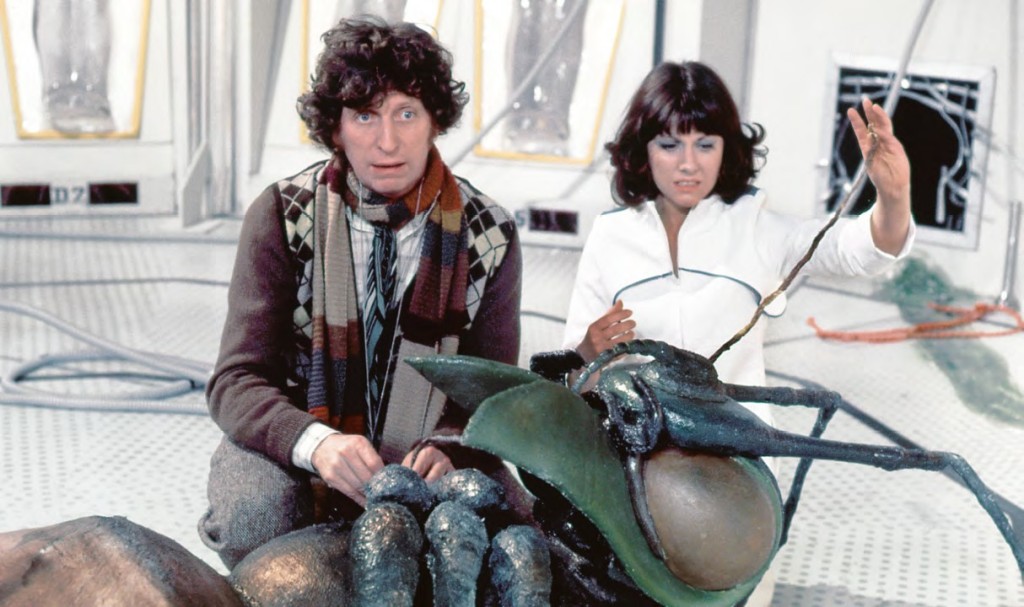
In their early days, it was a proud tradition for video games to aspire to be “the game version of X”, where X was some other piece of popular culture—one could argue that it still is a tradition, it’s just that they’re better at hiding it (or are legally obligated to.) Back in the eighties, it was a copyright-skirting free-for-all, and developers were looking to take something else and put their video game spin on it—that’s the mindset that gave us Konami series like Castlevania, Contra, and Metal Gear, which were very blatant mash-ups of multiple movies, and it’s the same mindset at play in Nintendo’s long-running Metroid series, which began as a pastiche of Alien. This is not speculation on my part—as longtime series developer Yoshio Sakamoto (who started out as a designer and has since moved on to director and producer roles on most of the later games in the series) said in an interview: “I think the film Alien had a huge influence on the production of the first Metroid game. All of the team members were affected by HR Giger’s design work, and I think they were aware that such designs would be a good match for the Metroid world we had already put in place.” There are many games that look to Alien for inspiration (and maybe even more that look to its sequel—but Metroid actually released in Japan a little over a month after Aliens, and likely didn’t have to chance to be inspired by it), but it still feels like the entire Metroid series is the one that can claim the title of being “the game version of Alien.”. It’s not because the games have consistently been exactly like the movies—although there are certainly some parallels one could make—but because, more than any other video games, they are the ones that absorbed aspects of the 1979 movie’s core tension, the sense of strangeness and otherworldly menace, and iterated on them, maybe even more than that movie’s sequels.


